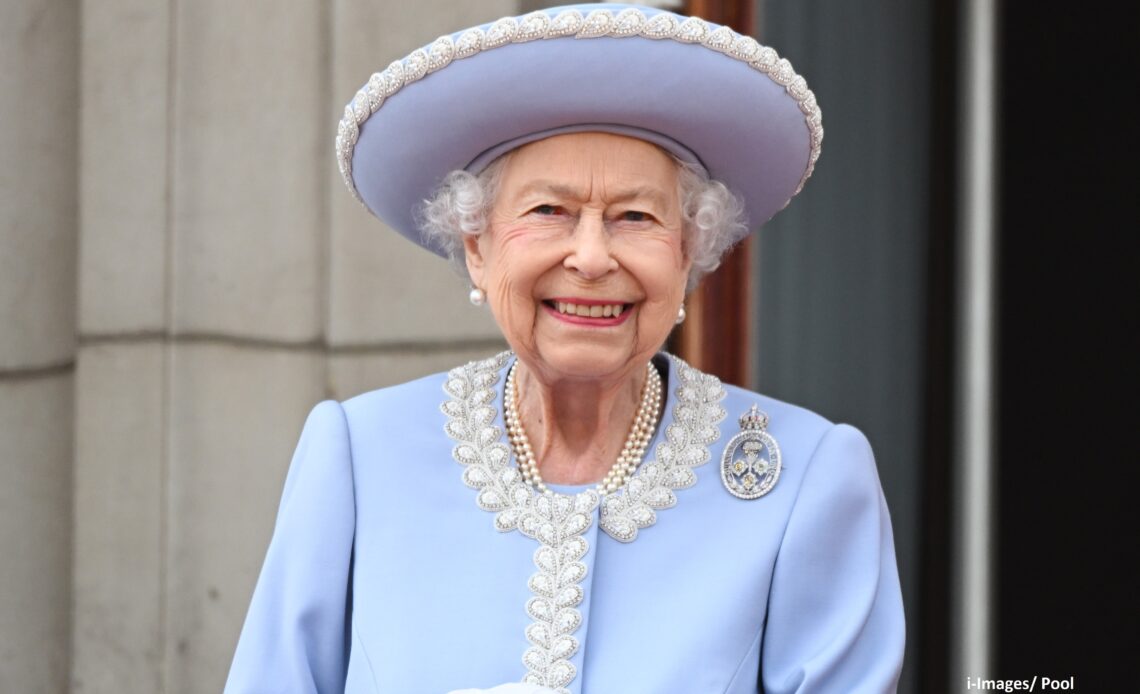
Can it really be a month already since the Platinum Jubilee?
On June 5th 2022, the final spectacle of the weekend of celebrations marking the 70th anniversary of the reign of Elizabeth II took place before Her Majesty stepped on to the balcony of Buckingham Palace while the crowd sang the national anthem.
As most years do, 2022 seems to be picking up pace as it grows older, meaning that the weeks since that special moment have flown by and yet, in another way, they seem already to be part of history. For that is what the Platinum Jubilee is, and in some ways, always was. A moment in history to tell the story of an extraordinary reign.
Jubilees, by their very nature, are designed to put an intense spotlight on the Monarchy. The very first British royal Jubilee, that of King George III in 1809, had been devised by those who were concerned that growing anti royal feeling, expressed in radical newspapers of the time, could lead to a revolution similar to that in France. They wanted a celebration that would remind everyone in Britain, and the world, of the importance of the King and his role at the heart of the nation.
Feasting and fun would run alongside solemn moments of prayerful thanks to make the Crown the only story in every town. From that first moment of planning, royal Jubilees in Britain were designed to celebrate the Monarchy in a way that created a lasting image that would shore up its popularity and become a permanent reminder of its importance. They were created to cement the Sovereign in national life and produce a stand alone celebration that would be remembered as the calling card of a reign. A moment for the history books.
By the time George’s granddaughter, Victoria, had ruled long enough to celebrate her Jubilee (fifty years was the original benchmark with Silver Jubilees rare and somewhat looked down on), the potency of that permanent image was paramount. The queen ended up in debates with advisers who wanted her to show the magnificence of her majesty by walking into the Service of Thanksgiving in her crown. Victoria thought it was a terrible idea and refused. But even though she turned up to this celebration in her usual widows’ weeds and lace trimmed bonnet, the whole spectacle was still designed to show the world the importance of her royal power.
Victoria celebrated her first Jubilee in a very different world, where industrialisation had changed everything. Her place in history was helped by the mass production of souvenirs which remained in homes long after the party had finished and placed the queen and her historic reign at the heart of millions of lives.
The same was seen ten years later when Victoria’s ego was a willing accomplice in the push by her ministers to repeat the success of 1887 with another Jubilee. The concept of diamond festivities for royalty was created and more images of the power of the Crown winged their way around her endless realms. The little old lady, still in her black gown and bonnet, was the symbolic heart of an Empire on which the sun never set. Days of celebrations for her turned, within weeks, into an historic record of an historic reign. Jubilee as the telling of the royal story was complete.
Victoria may have been far from amused at the decision of her own grandson, George V, to celebrate a Silver Jubilee but the canny king who created the House of Windsor saw just how important this festival could be to his country. George’s Jubilee had a real focus on helping others, with schemes set up to provide employment at a time when jobs were hard to come by. But the spectacle that resulted also served as a glorious reminder of his own royal power. In the years before his celebrations, crowns had fallen with alarming regularity around Europe while his own relation and close friend, Tsar Nicholas II of Russia, had been brutally murdered as his imperial throne tumbled. In some ways, marking a Jubilee at a time of such deep dissatisfaction with the ancien regime was a radical move. But it worked. George, a royal survivor if ever there was one, was cemented in history as a glorious king with a glorious reign to show for it.
On the balcony with him as he marked his Jubilee was the granddaughter who would unexpectedly inherit his throne and turn royal Jubilees into her very own. Britain has celebrated just eight royal Jubilees and half of them have been for Elizabeth II.
From the very first, her Silver Jubilee in 1977, to the latest, the Platinum party of 2022, her major milestones have become stand out moments that provide a permanent picture of her record breaking rule. The street parties, the church services and the balcony appearances move together to create images that seem to tell the whole reign. They become so familiar so instantly that even the briefest sight of Her Majesty in that pale blue coat talking to Prince Louis with his hands over his ears brings forth memories of a whole occasion that seems to summarise a reign.
It was just what the original Jubilee planners had in mind and, two centuries on, that central message of placing the Monarchy at the heart of national life remains.
Lydia Starbuck is a pen name of June Woolerton whose new book, A History of British Royal Jubilees, has just been published by Pen and Sword. It’s available here.

